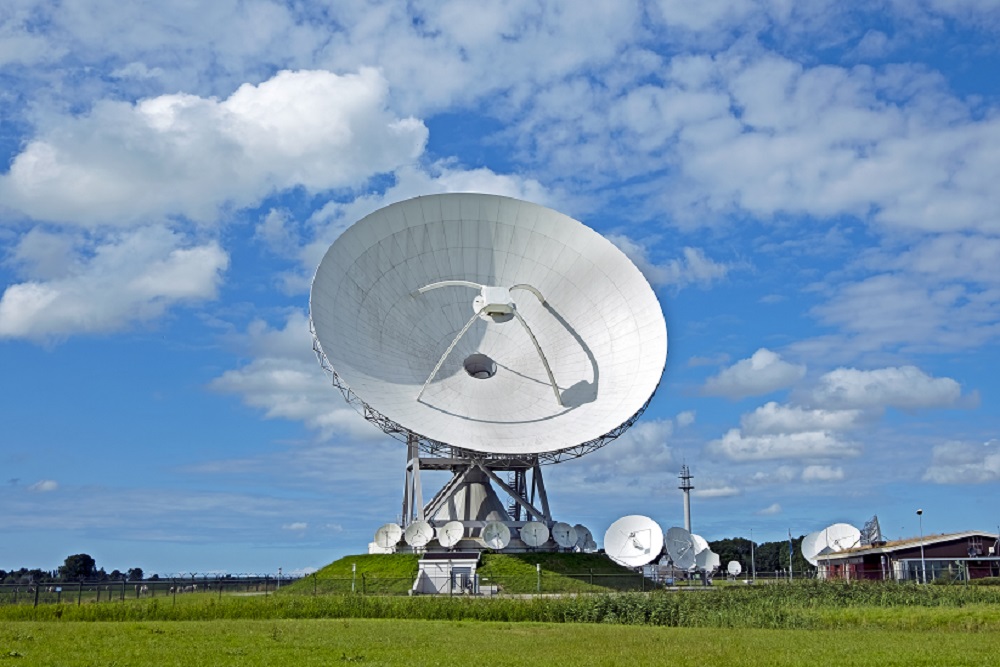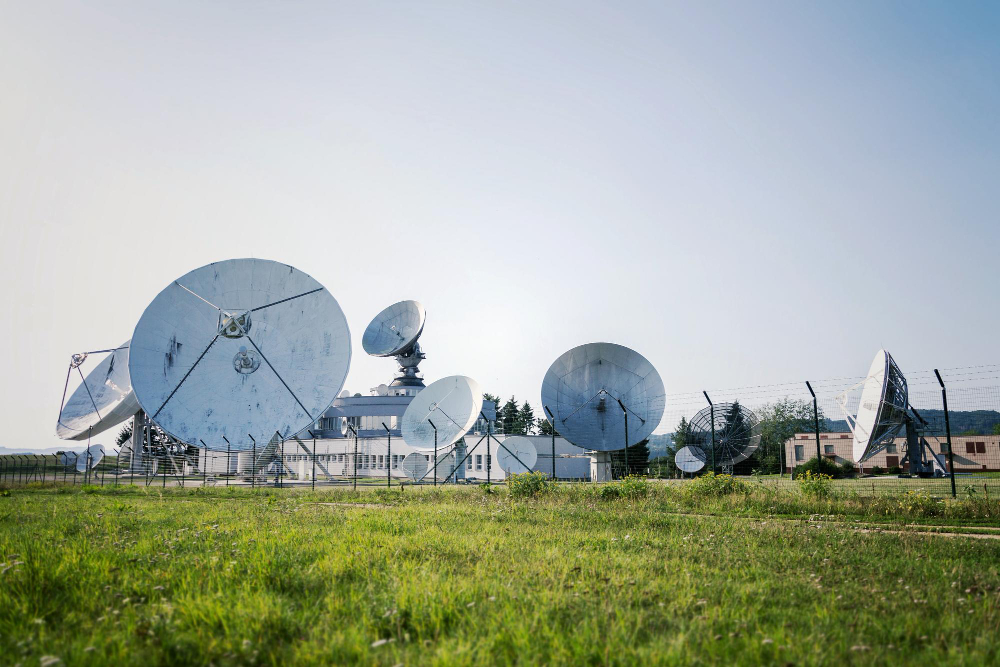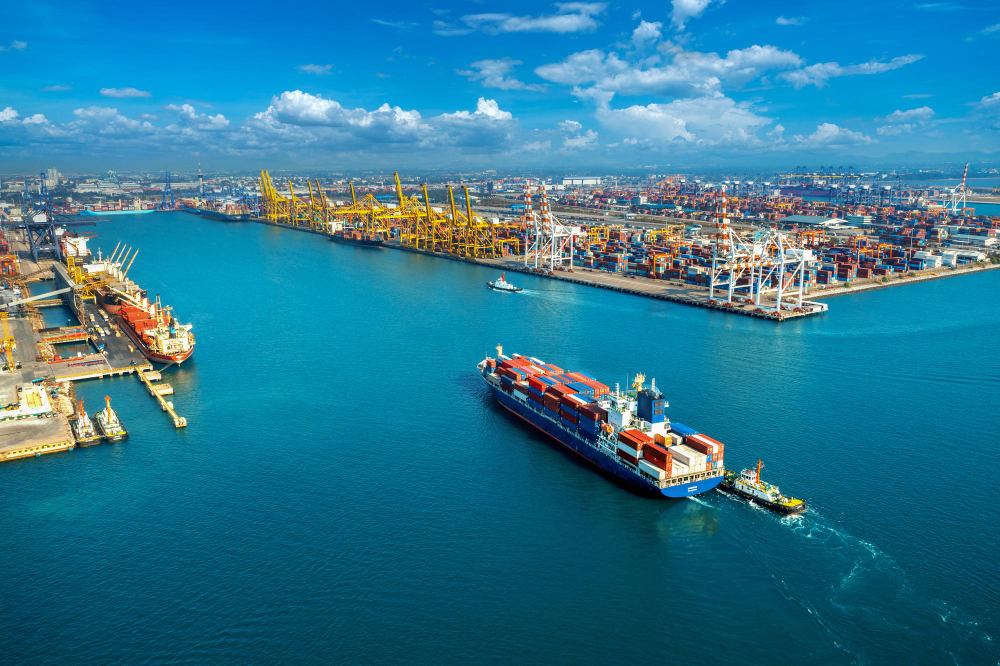Exploring Telecommunication Solutions – VSAT, 5G, and Starlink
The telecommunications industry is ever-evolving with technological advancements that help to connect people across the globe. Most recently, three solutions have gained significant attention, and while all of them are important, they come with unique features that determine their relevance in different industries. This blog post will evaluate these features and the use of the VSAT, 5G, and Starlink in the telecommunication marketplace.
VSAT Technology

The concept of the VSAT technology dates back to the 1970s as a solution to unreliable long-distance communication in remote locations. The initial VSAT systems were much bigger in size and expensive, limiting their usage to the military defense forces and government institutions that could afford them. With time and technological advancements smaller and more affordable and effective VSAT network systems were designed. Today, companies in different industries use these VSAT systems for various applications, including voice communication, internet connectivity, video conferencing, and data services in remote locations around the world. Besides the original military and government forces, the VSAT customer base has expanded to include maritime, rural telecommunications, and oil and gas companies.
Advantages of VSAT Technology
- Comprehensive Coverage: VSAT technology can reach even the most remote locations, connecting users where other terrestrial options are limited or unavailable.
- Reliable Connectivity: VSAT networks are reputable for their high uptime and stable connections, making them suitable for critical applications such as emergency communication and remote monitoring.
- Scalability: VSAT networks can easily accommodate increased bandwidth needs and requirements by using extra terminals and satellite capacity.
Disadvantages of VSAT Technology
- Latency: Due to the long-distance signals that must travel between Earth and satellites, VSAT systems experience higher latency than terrestrial solutions. This can negatively affect real-time applications like online gaming or video conferencing.
- Cost: Installing and maintaining a VSAT network can be quite expensive. This requires specialized equipment and ongoing operational costs.
- Weather Dependency: Adverse weather conditions, such as heavy rain or storms, can temporarily affect VSAT systems and degrade their performance.
5G Technology

Although 1G, 2G, 3G, and 4G networks were highly valuable wireless networks that facilitated global connectivity, they were bound to be replaced by a more robust and advanced network system to address latency and speed concerns.
The 5G networks were first introduced by the International Telecommunications Union (ITU) in the 2010s as an alternative that could accommodate the growing demand and address these issues.
In 2015, the first 5G New Radio was launched, paving the way for commercial deployment of the network. While smart cities were the earlier consumers of this network, the phasing out of 3G and 2G architecture and networks has compelled the rest of the world to embrace 5G networks.
Ongoing network optimization has significantly enhanced its benefits and capacity as it can power other modern-day technologies, such as autonomous vehicles and augmented reality.
Advantages of 5G Technology
- High-Speed Connectivity: 5G networks offer significantly faster download and upload speeds, enabling seamless streaming, large file transfers, and immersive experiences.
- Low Latency: With reduced latency, 5G is well-suited for real-time applications like online gaming, autonomous vehicles, and remote surgery.
- Enhanced Capacity: 5G can support many connected devices in a given area, facilitating the growth of the Internet of Things (IoT) and smart cities.
Disadvantages of 5G Technology
- Limited Coverage: Deploying 5G infrastructure requires a substantial financial and technological investment, and its coverage is currently limited to urban areas. Rural and remote regions may therefore have limited access to 5G networks.
- Infrastructure Requirements: 5G networks rely on a dense network of small cells that require extensive deployment and maintenance efforts. This tends to raise the costs and lengthen the deployment timescales.
- Signal Penetration: Higher frequency bands used by 5G have reduced penetration capabilities in comparison to lower frequency bands, which may limit coverage for indoor or obstructed areas.
Starlink Technology
Starlink is the newest of these new telecommunication solutions, and it was developed by the tech billionaire’s aerospace company, SpaceX. The idea of Starlink was first launched in 2015 to deploy tens of thousands of small Low Earth Orbits (LEO) satellites that would provide broader global broadband coverage with lower latency.
By replacing the few large geostationary satellites with thousands of LEO satellites, Elon Musk aimed to address the high latency and limited coverage that traditional internet satellite systems struggled with. The network system underwent various tests before being officially launched in 2019. Today, it has grown into a network of over 4,000 satellites.

Advantages of Starlink
- Global Coverage: Starlink’s satellite constellation aims to bridge the digital divide by providing internet access to every part of the world, including the most remote areas.High-Speed Connectivity: Starlink promises high-speed internet with low latency, thus improving on the current terrestrial options.Quick Deployment: Since it relies on launching satellites into space rather than extensive ground infrastructure, Starlink can be deployed relatively quickly compared to rival technologies.
Disadvantages of Starlink
- Network Congestion: Increased subscription to Starlink service might come with challenges related to network congestion and decreased speeds, especially during peak usage times.Cost and Availability: Even though Starlink has made strides in reducing costs, the service may still be relatively expensive for some users, limiting its availability during the initial stages of deployment.Regulatory Challenges: Operating a satellite constellation involves navigating regulatory frameworks and coordination efforts. This can pose challenges in different regions, leading to deployment delays.
Which Network Should You Choose?
Now that you know the history and top features behind VSAT, 5G, and Starlink networks, you might wonder which will best serve your business. While each of these networks has proven effective in connecting businesses in remote and underserved locations across the globe, their features tend to align them with specific industries.
Use of VSAT Networks
VSAT networks are widely used by mining, oil, and gas companies that operate in remote and offshore drilling sites and need reliable connectivity to communicate and monitor their operations. In addition to facilitating communication and remote surveillance, VSAT networks provide valuable data that these companies use to optimize their operations.
Like oil and gas companies, ships and offshore vessels from the maritime industry rely on VSAT technology for connections between their remote teams and onshore operators. VSAT networks facilitate voice calls and internet connectivity, enabling crew welfare, navigation activities, maritime safety, weather updates, and efficient fleet management.
The aviation industry also uses VSAT networks, and many airlines and aircraft operators have integrated VSAT systems into their operations. These systems provide essential weather and navigational updates in addition to aircraft diagnostics. Furthermore, VSAT networks have enhanced customer experience in the aviation industry by facilitating internet connectivity for passengers.
Government agencies and defense forces extensively use VSAT technology. They often operate in the rough terrains of remote and dangerous areas. They need reliable VSAT connection systems to guarantee secure communication, detailed remote surveillance, and responsive coordination.
Use of 5G Networks
Since its inception and the shutdown of 2G and 3G networks, many intelligent cities have adopted the 5G network architecture. 5G networks facilitate sustainability in such urban developments by powering intelligent street lighting and monitoring the environment in these cities. The networks also manage intelligent traffic and public safety systems.
5G networks also play a critical role in driving autonomous vehicles as they help to coordinate the communication between vehicles, infrastructure, and pedestrians. These networks have collected essential data to drive research in the relatively new industry. The low latency connections offered by 5G networks allow for real-time data exchange, facilitating safer and more efficient transportation systems.
Manufacturing plants also benefit from 5G’s low latency and high-speed connectivity in their industrial production processes. 5 G connections power robotics and implementation of automated activities in the manufacturing industry.
The gaming industry is yet another field that heavily relies on the low latency and high-speed capabilities of 5G networks. These features are essential in delivering immersive gaming experiences and facilitating multiple-player games. Ultimately, 5G networks enhance the overall gaming experience.
Use of Starlink
The military, by far, remains the most prominent clientele of Starlink technology. The US Space Development Agency primarily uses Starlink military satellites for missile defense activities that include missile tracking, battle management, satellite navigation, and ground support, amongst other things. Ukraine also sought Starlink internet services to power connectivity in areas affected by the Russo-Ukrainian war.
Currently available in 56 countries across the globe, Starlink has been instrumental in the education sector in underserved locations. Learners in rural and remote areas can connect to online learning opportunities through Starlink networks.
Additionally, research organizations conducting exploratory activities in the remotest and most isolated parts of the earth have also enjoyed high-speed internet access thanks to Starlink technology. Researchers in fields such as wildlife conservation, space exploration, and environmental sustainability have been using the Starlink network to collect and transmit data and carry out remote sensing and other research activities that require real-time data exchange and coordination.
Telecommunication companies in countries like the Philippines have enlisted the services of Starlink technology to power communication in their rural and disaster-prone areas. Starlink connections have provided much-needed backup or redundant connectivity for telecommunication service providers operating in unstable terrestrial locations.
Conclusion
The development of VSAT, 5G, and Starlink technologies are a testament to the ever-growing need for improved connectivity and communication solutions. VSAT networks were innovated to connect remote locations, and 5G was developed to address speed and latency issues in wireless networks.
At the same time, Starlink was designed to expand global coverage using constellations of LEO satellites. Although these technologies have improved global connectivity and powered communication activities, they have different features that make them more suited to different industries. Inevitably, these network systems will continue to evolve, and with technological advancements, we are bound to see even more significant innovations and optimized connection solutions.















